Stingrays may look like graceful underwater dancers, gliding effortlessly through the sea, but don’t be fooled by their serene appearance. Hidden beneath their elegance lies a venomous stinger capable of delivering pain, paralysis, or even death in extreme cases. While most encounters are harmless, these creatures deserve your respect and a healthy dose of caution.
1. Southern Stingray: The Shallow-Water Sentinel
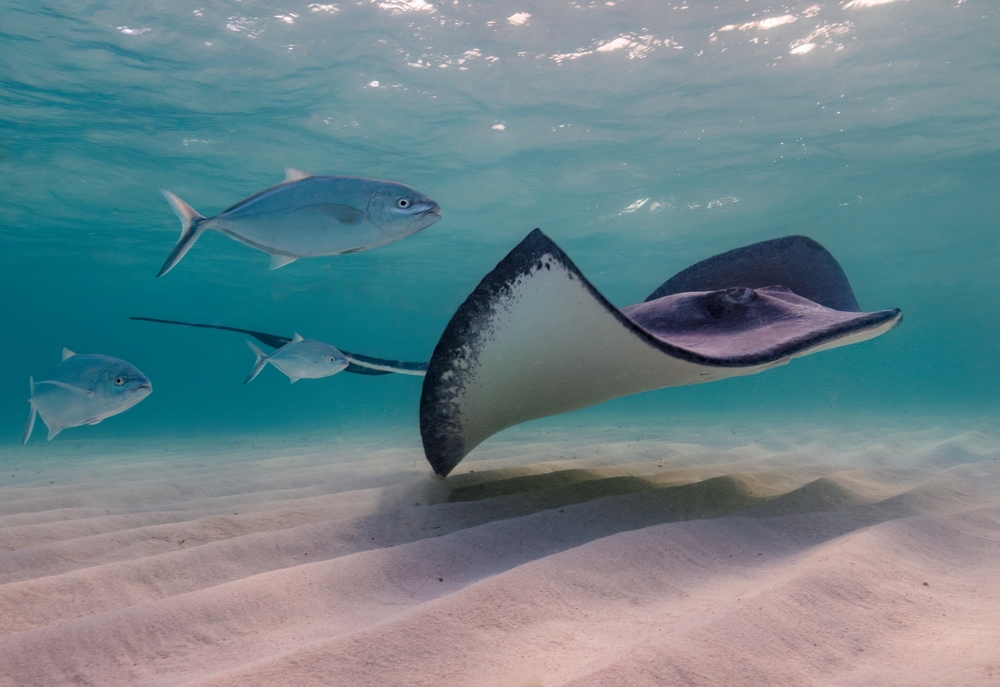
Found in shallow tropical and subtropical waters, the southern stingray is known for its pancake-flat body and sharp, venomous tail spine. While they typically avoid humans, a sudden step too close can trigger a defensive sting. The venom causes intense pain, swelling, and, in rare cases, systemic complications. Their proximity to popular snorkeling spots makes them a risk worth noting.
2. Blue-Spotted Stingray: A Vibrant Warning
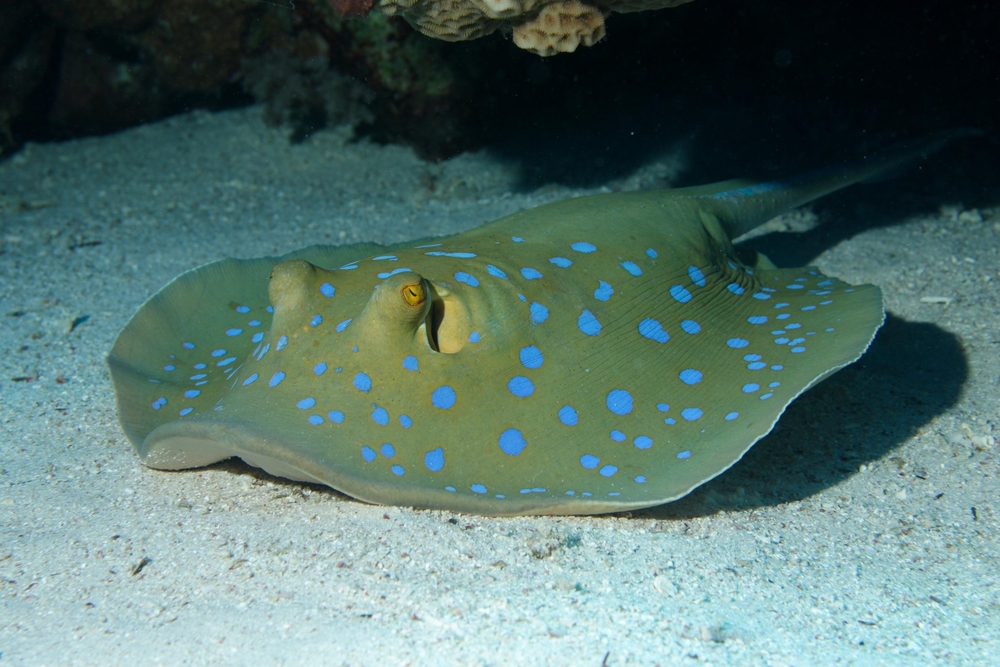
Don’t be fooled by the blue-spotted stingray’s dazzling appearance—it’s not here to play. Found in the Indo-Pacific, its bright blue spots serve as a warning. Its venomous barb delivers excruciating pain and can cause severe tissue damage. While they prefer to bury themselves in sand, a misstep can lead to an encounter you’ll never forget.
3. Bull Ray: The Ocean’s Heavyweight

Bull rays are powerful swimmers with a reputation for being both curious and territorial. Found in coastal waters worldwide, these large stingrays can reach over six feet in width. Their venomous tail spine is designed for defense, and while rarely fatal, their sting can cause intense pain, infection, and lasting scars.
4. Giant Freshwater Stingray: The River Titan
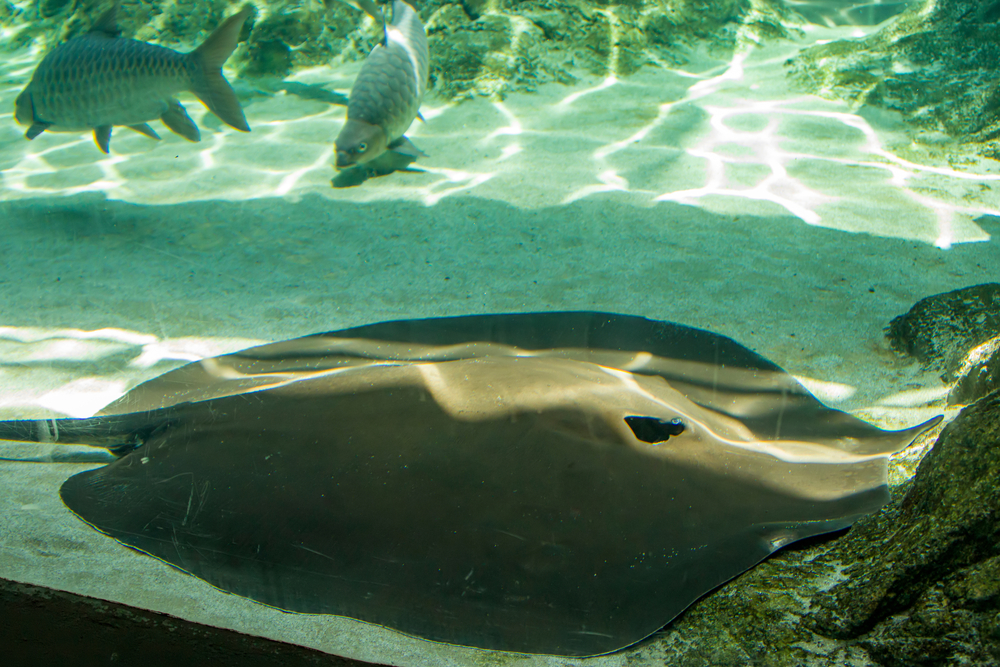
One of the largest freshwater fish in the world, the giant freshwater stingray can grow up to 16 feet long and weigh over 1,300 pounds. Found in Southeast Asian rivers, it wields a venomous barb that can penetrate flesh and even bone. While attacks are rare, their sheer size and power make them formidable creatures to avoid.
5. Short-Tail Stingray: The Massive Defender
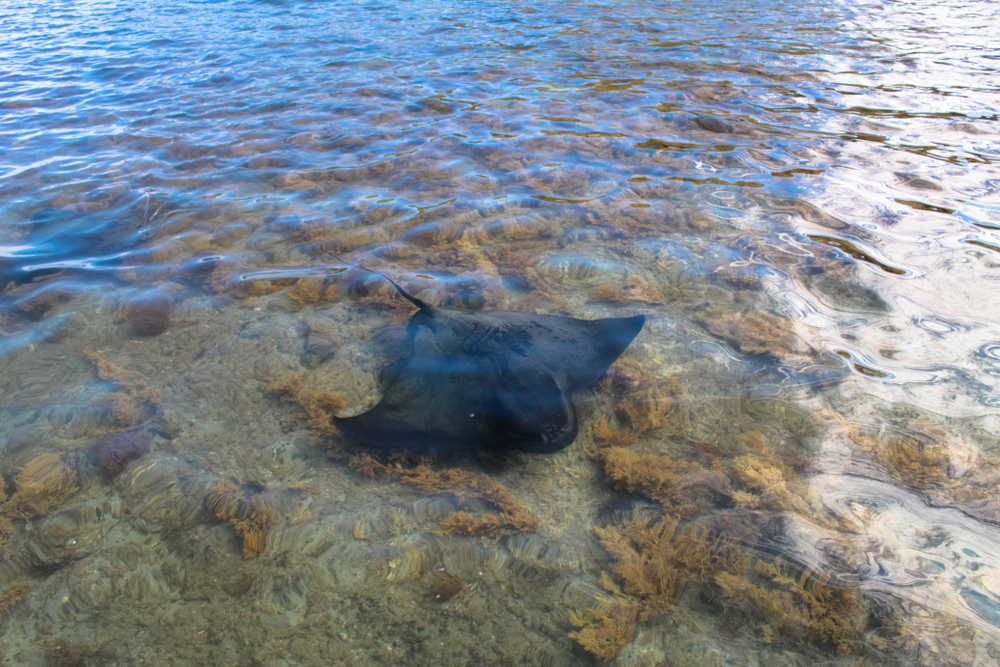
Native to temperate waters of Australia and New Zealand, the short-tail stingray is the largest of its kind, with wingspans exceeding 14 feet. Their long, venomous barb is used defensively and can cause serious injury or death if struck in a vital area. Despite their size, they’re masters of camouflage, often blending into sandy seabed’s.
6. Pelagic Stingray: The Deep-Sea Assassin
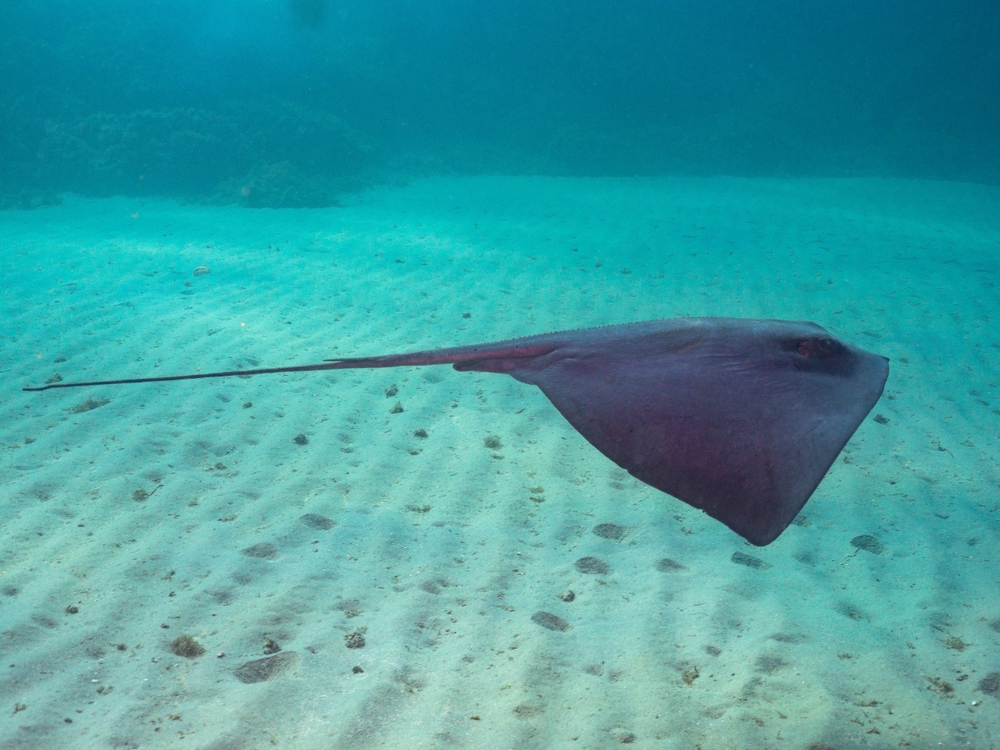
Unlike most stingrays, the pelagic stingray prefers open waters, making it harder to predict encounters. Found in tropical and subtropical oceans, its venomous tail spine is highly effective at deterring predators—and injuring humans who get too close. Their aggressive nature when provoked sets them apart as one of the riskier rays to encounter.
7. Thornback Ray: Nature’s Spiky Surprise
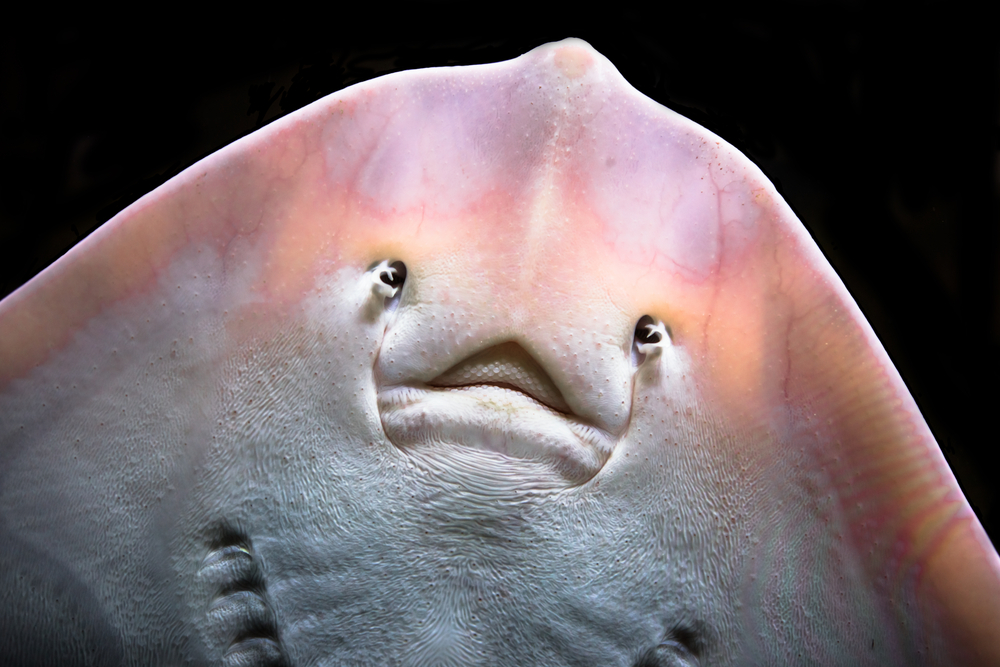
The thornback ray, named for the spines covering its back, looks more like a prehistoric relic than a modern sea creature. Found in European and North African waters, its tail spine is venomous and capable of causing severe pain and localized swelling. While it rarely poses a fatal threat, it’s one sting you’ll wish you’d avoided.
8. Diamond Stingray: The Hidden Jewel of the Pacific
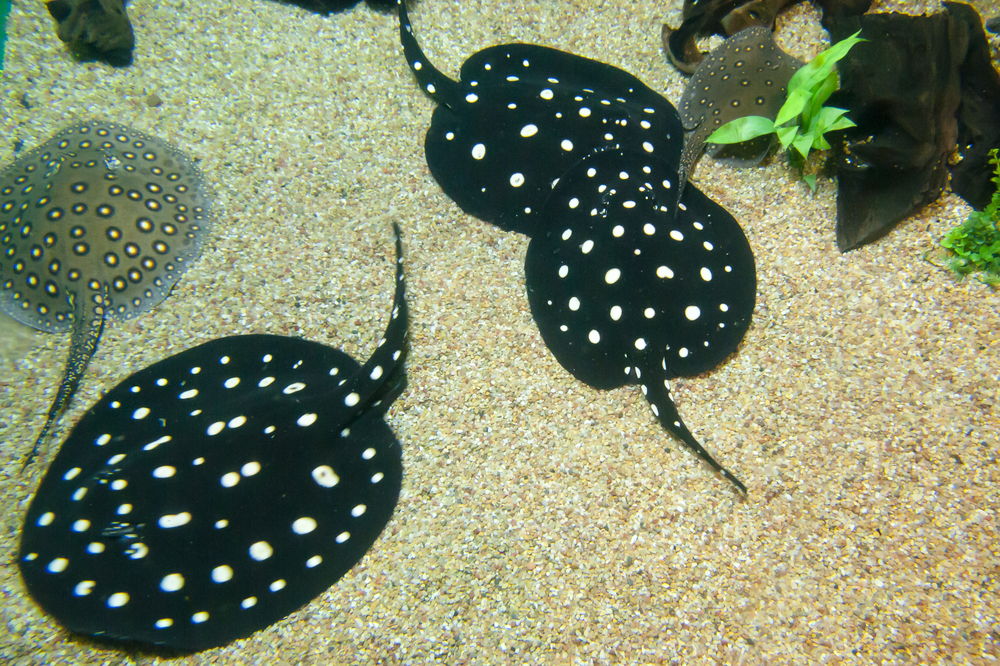
This large Pacific species is a common sight off the coasts of California and Mexico. With a stinger that can grow up to 14 inches, the diamond stingray’s venomous tail is a potent weapon. While they’re generally shy, accidental stings can lead to intense pain, bleeding, and the risk of infection if untreated.
9. Round Stingray: Small but Dangerous
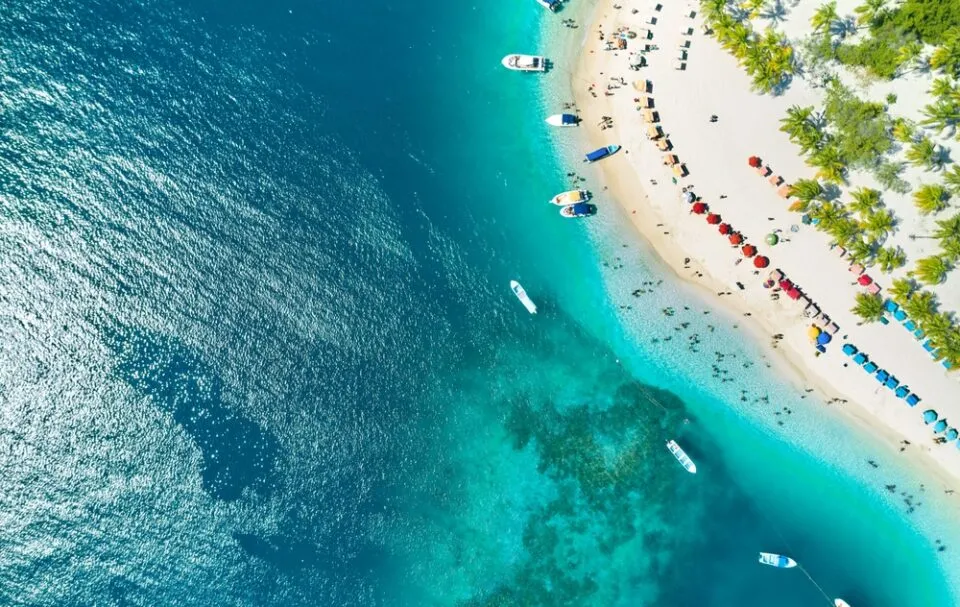
The round stingray is a compact species often found near sandy shores in the Pacific. Despite their small size, they pack a venomous punch. Their stinger can deliver sharp pain and swelling that can last for days. Their proximity to shallow waters makes them a frequent culprit in beachgoer encounters.
10. Cownose Ray: The Unexpected Charger
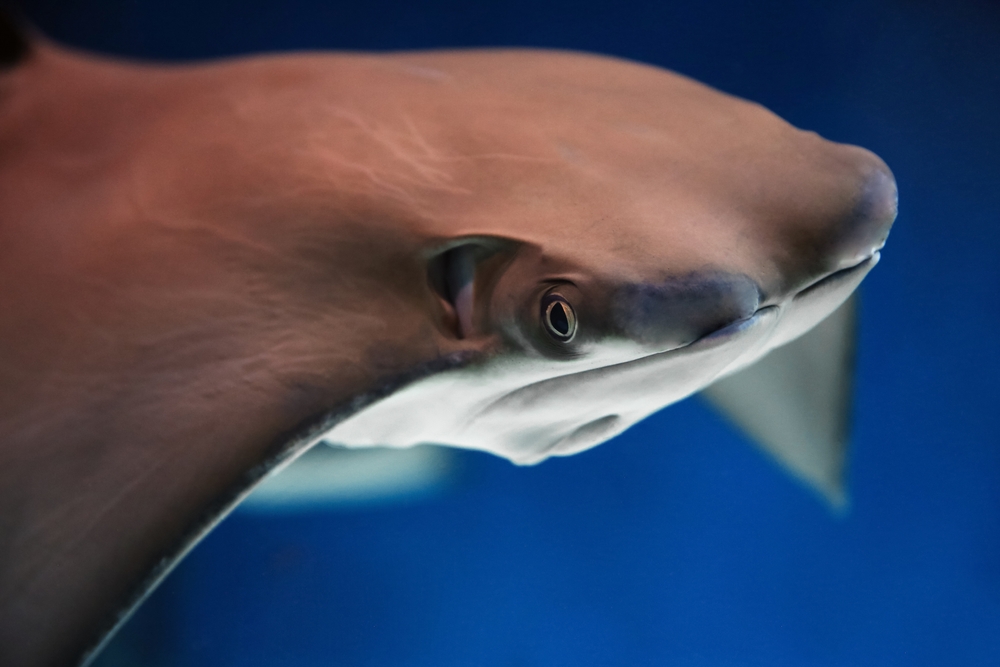
Cownose rays are known for their distinctive rounded heads and their tendency to travel in large schools. Found along the Atlantic coast, they are generally peaceful but can become defensive when disturbed. Their venomous spine can cause pain, nausea, and muscle cramping, making an accidental sting a serious ordeal.
11. Whiptail Stingray: The Lurker in the Sand
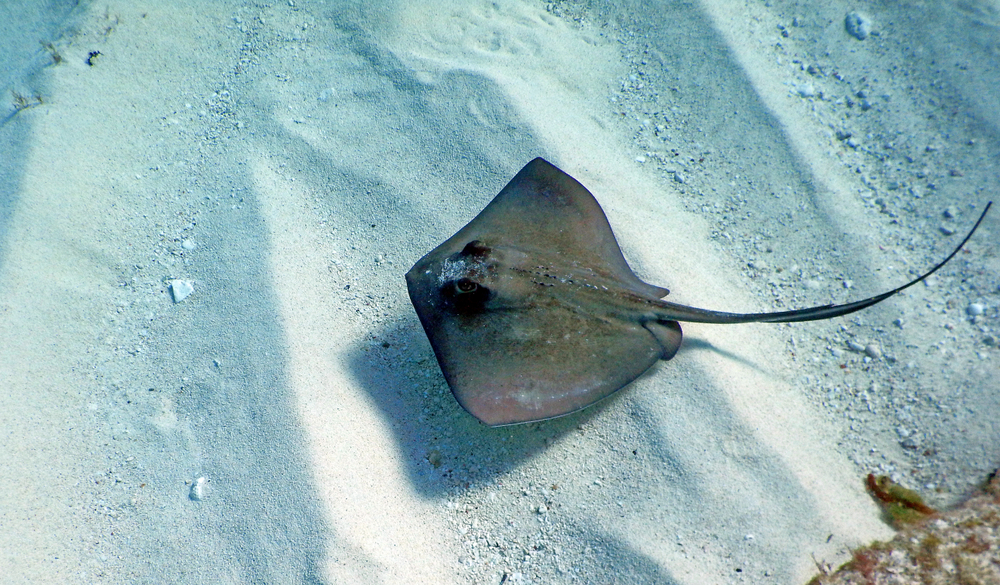
The whiptail stingray, commonly found in the Indo-Pacific region, is known for its long, slender tail equipped with a venomous barb. These bottom-dwellers are experts at burying themselves in sand, making them easy to accidentally step on. A sting from this species can cause intense pain and swelling, along with the risk of infection.
12. Mangrove Stingray: The Estuary Enforcer
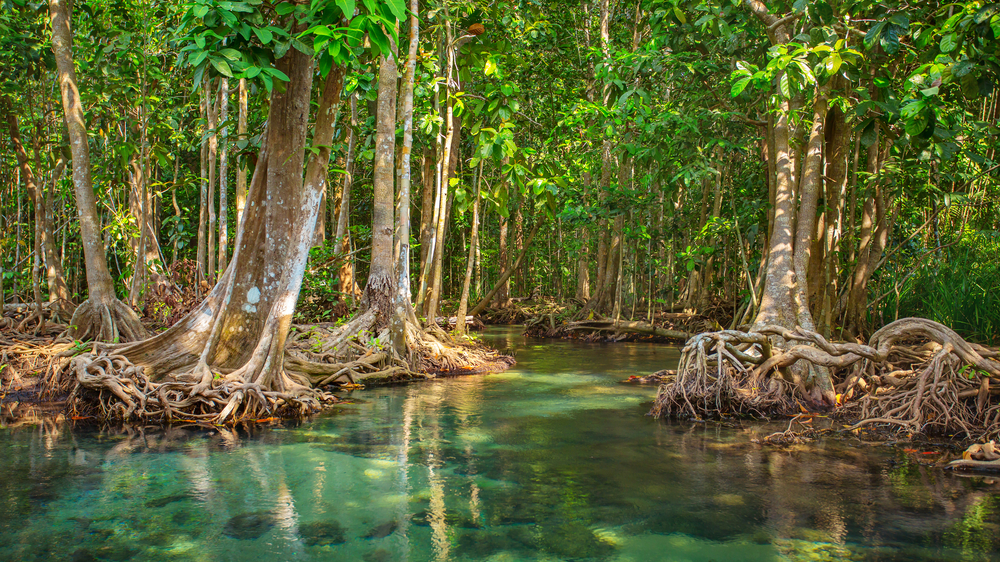
Mangrove stingrays inhabit coastal waters and estuaries, often lurking in murky shallows. Their venomous stinger is a powerful defense mechanism, and an encounter can lead to severe pain, bleeding, and even cardiovascular symptoms in extreme cases. Their preference for habitats near human activity makes them a creature to watch for in mangrove forests.
13. Longtail Stingray: A Stinger to Remember
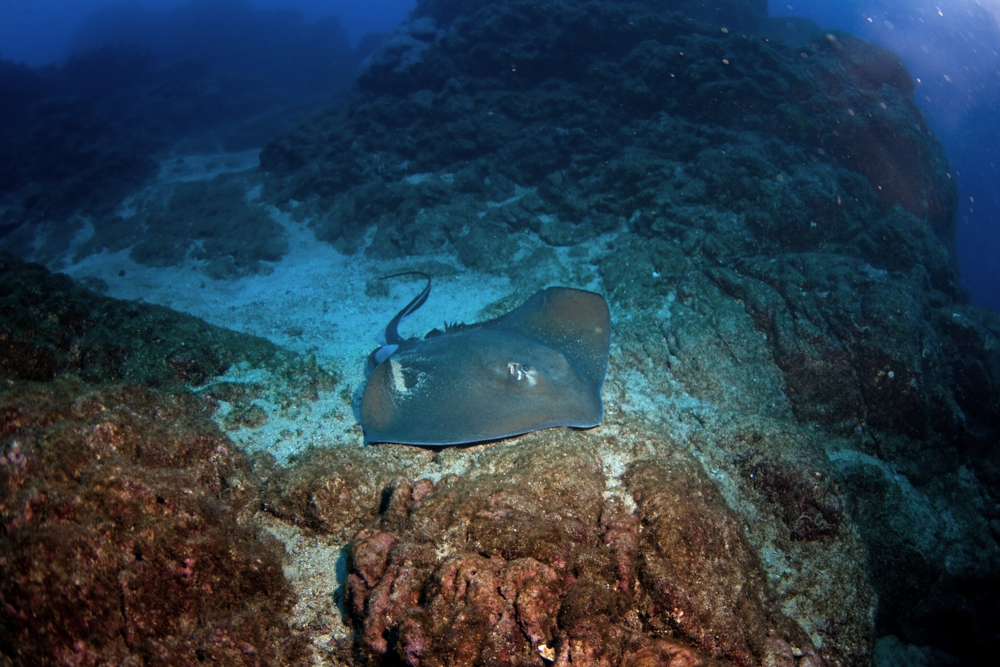
As its name suggests, the longtail stingray is known for its extraordinarily long tail, tipped with a venomous barb. Found in the Indo-Pacific, this species is both massive and defensive. While generally reclusive, it will use its stinger aggressively when threatened. Its venom can cause severe pain, swelling, and long-lasting tissue damage.
